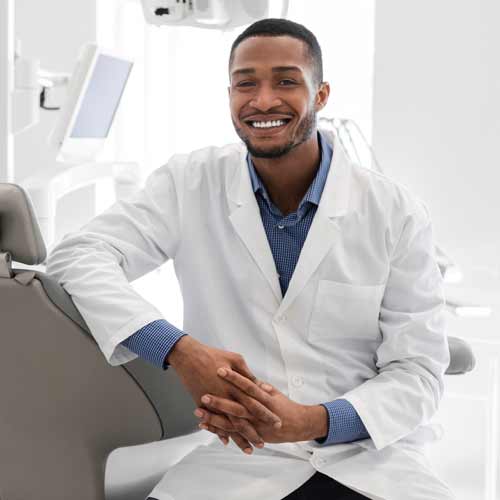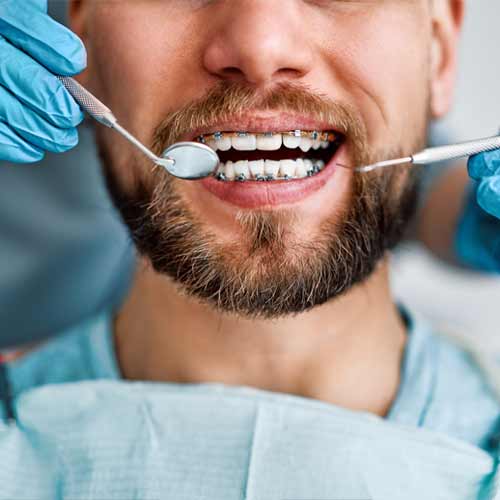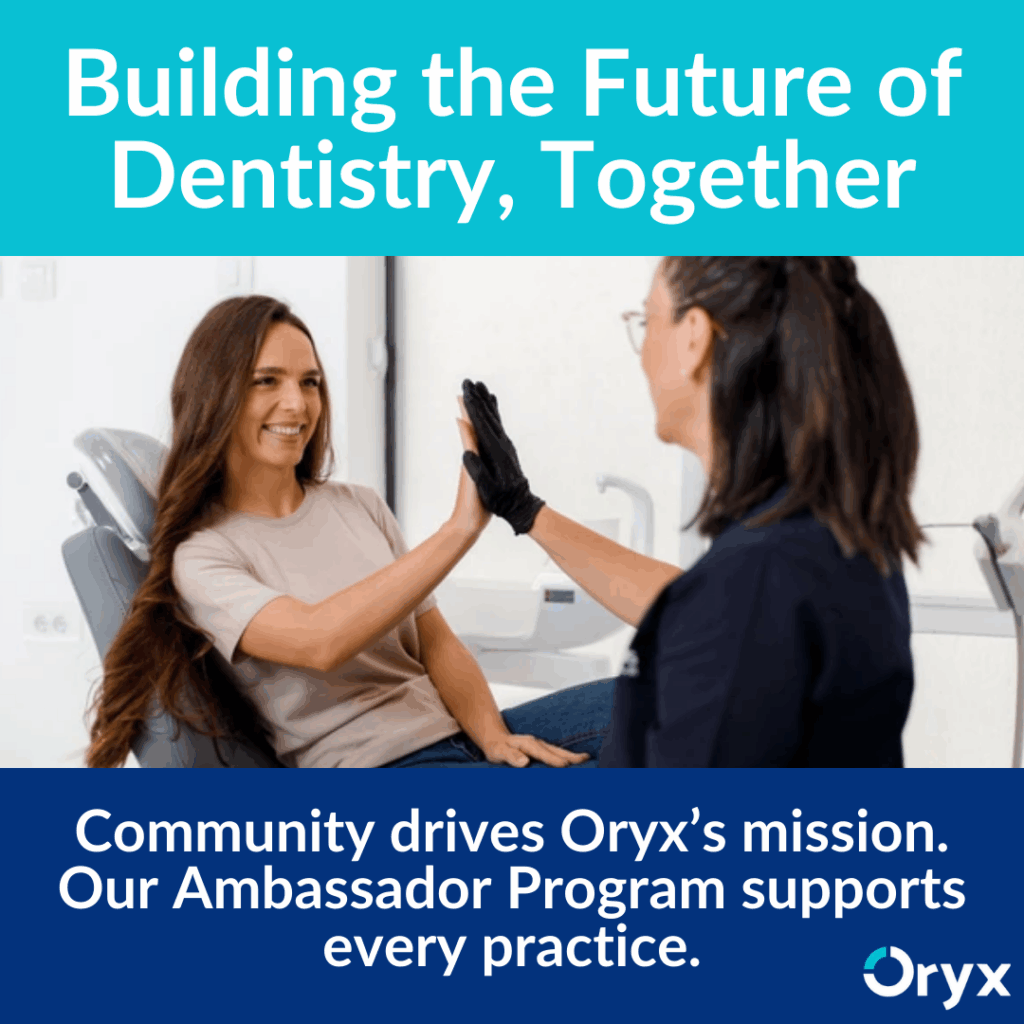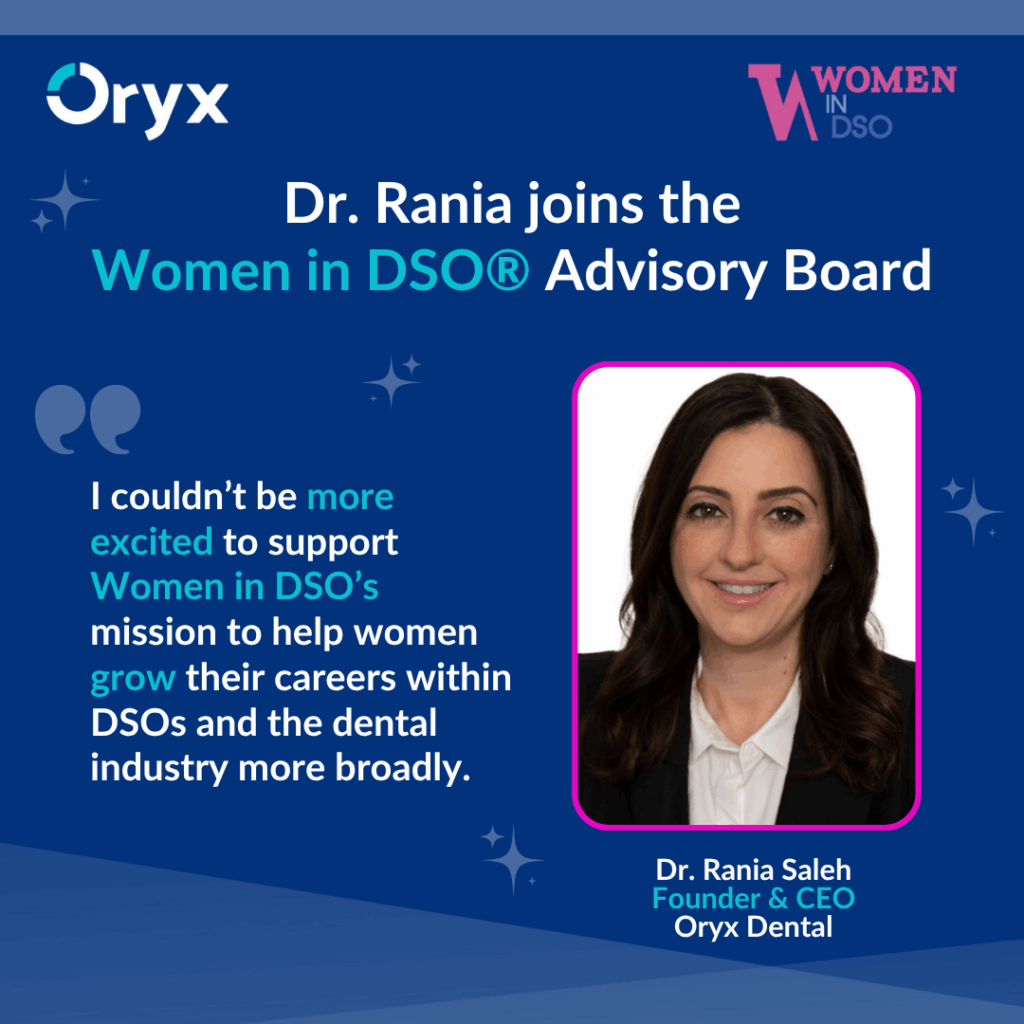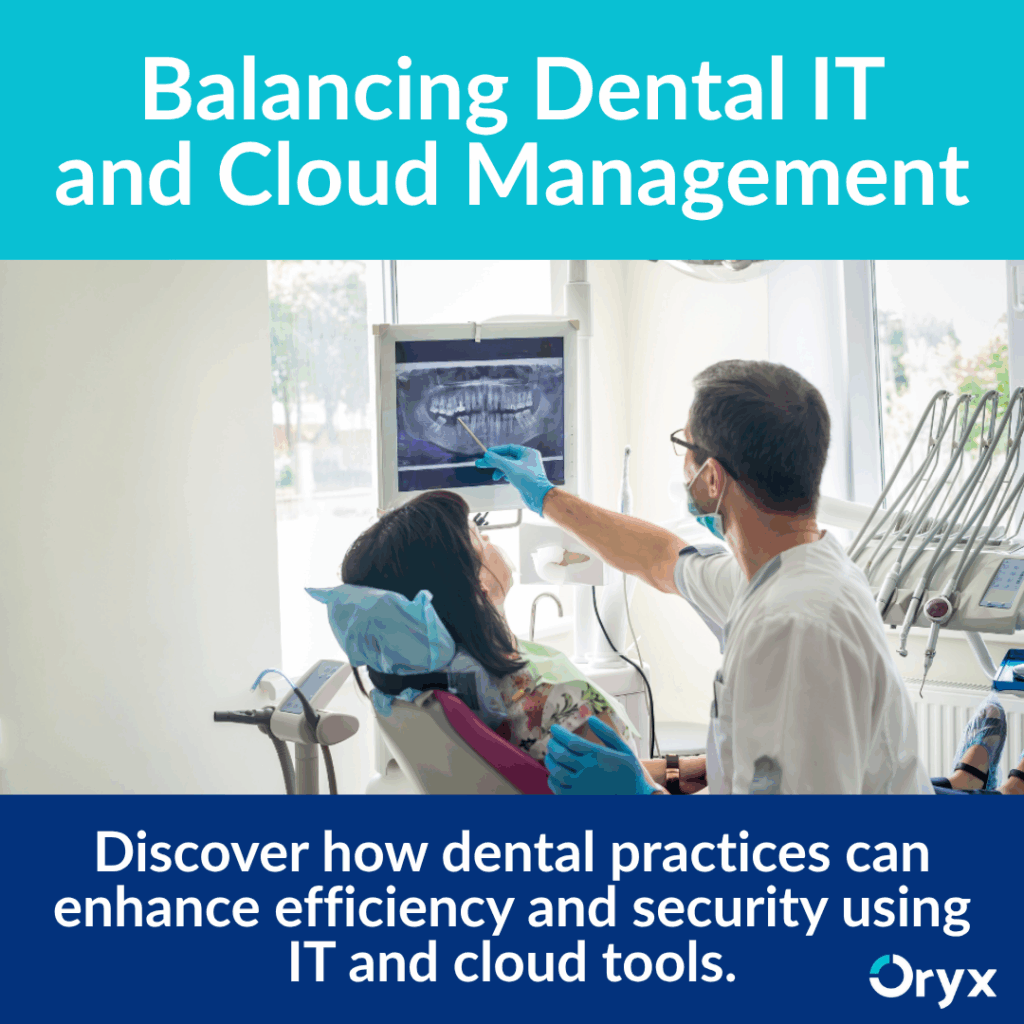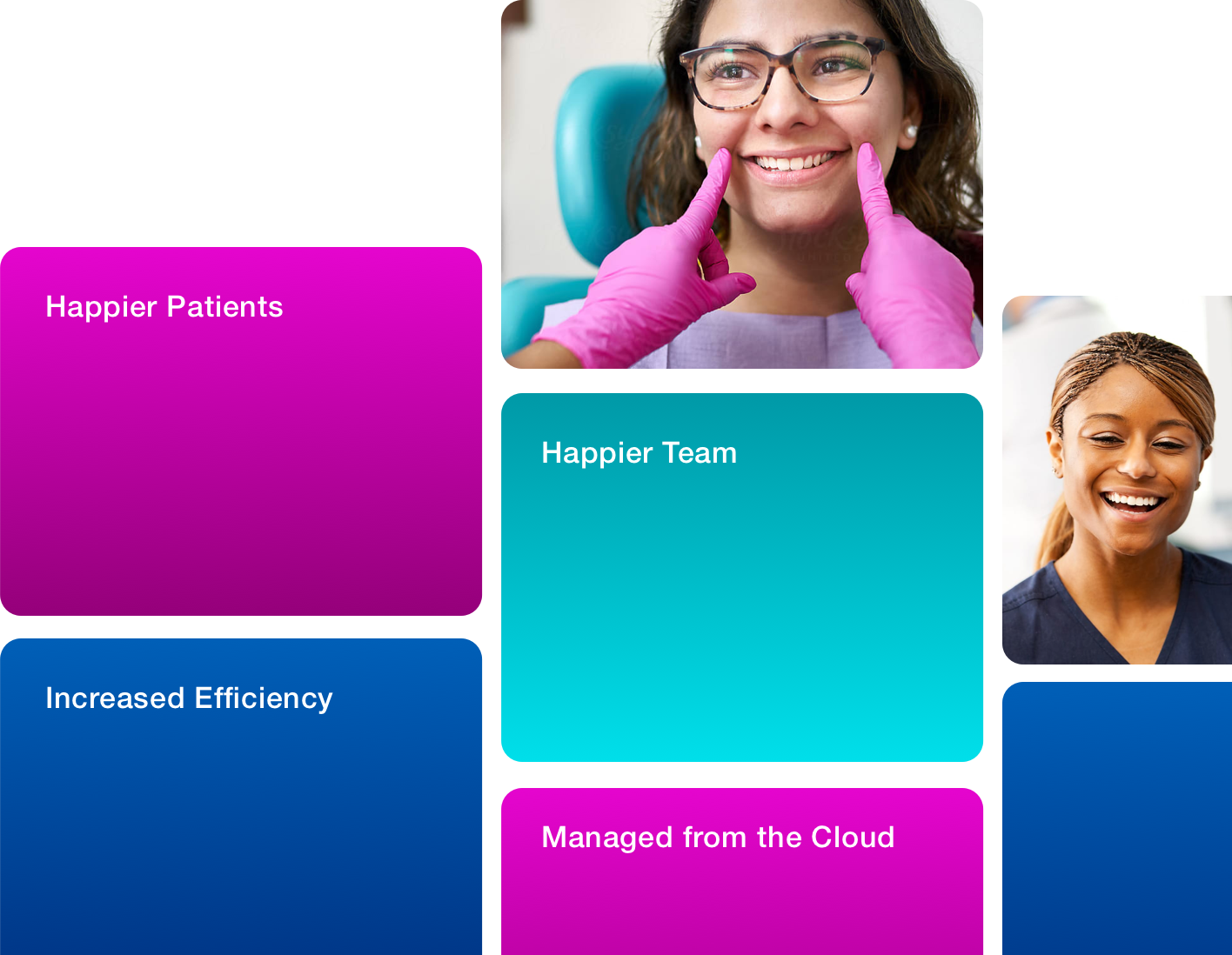This week, we announced a new partnership with Restorative Driven Implant Institute (RDI), a program that provides dentists with research-backed education and hands-on clinical training in dental implantology. Check out our full press release here for more details.
At Oryx, we’re committed to continual improvement and to delivering the best holistic dental health outcomes for patients. So it was only natural that when we met RDI Clinical Director and President Dr. Jan Bublik, we immediately felt a connection!
RDI educates dentists from all walks of life in the art and science of dental implants, including:
- Newly-graduated dentists looking to continue their training
- General practice dentists who want to partner more collaboratively with dental implant specialists
- General practice dentists who want to expand their skillset to perform dental implants themselves
- Dental surgeons who already specialize in dental implants and want to advance their skillset with more complex and full arch cases
- And more
Today we’re sitting down with Dr. Bublik to discuss this new partnership, learn more about the field of dental implants, and hear what he’s most excited about when it comes to Oryx and RDI’s partnership.
An Interview with Dr. Jan Bublik, Clinical Director and President of Restorative Driven Implant Institute (RDI)
Tahlor DiCicco: We’re excited to share more about RDI and Oryx’s new partnership with our blog readers! We’d love to start by hearing more about the partnership from your perspective. What are you most excited to do with Oryx at RDI?
Dr. Jan Bublik: We are thrilled about the partnership, too. Oryx and RDI share many values, especially our focus on Kois-inspired, holistic patient care and the patient experience. With Oryx, we’re bringing a lot of important functionality to RDI’s programs to enhance the education and training experience.
At RDI, we educate dentists all across the Midwest of the USA, which is a very large geographical area. We don’t have one standalone place where we work, or one set of doctors that are there all the time; we work in different clinics all the time. Because we also have live, hands-on surgical training, our patients also come from a widespread area. That means they’re often getting a pre-workup done at a different office from the place where we’ll be doing the live procedure.
With Oryx, we’re able to centralize all our teaching records and patient data, regardless of location. Our patients can come in for photographs and X-rays in one location, and we can easily access those in a totally different one. The patient also has access to their own records, which is important for communication and partnership. And, of course, the mentors who participate in our programs and advise attendees are also able to access these records, even if their dental practice is in Iowa, Michigan, or other Midwestern states.
Additionally, because we also teach RDI program participants from photos and X-rays, we’re excited to have everything stored in a single HIPAA compliant, “all-in-one” location in the cloud. Before, we would have teaching materials spread across Excel spreadsheets, a drive, etc., which made it challenging to find materials. Now, everything is at our fingertips in Oryx—no matter where we are teaching.
Q: Beyond RDI, you use Oryx in your own private dental practice. Can you share what made you most excited about the platform?
A: Since I first started as a new dental graduate nearly thirty years ago, I’ve seen many waves of technology, from paper charts and cards up through standalone, server-based applications. All of these past processes and pieces of software were cumbersome or hard to use. So when I first heard about Oryx’s approach, it made a ton of sense.
Now, I’ve been using Oryx in my own practice for over a year and a half, and it’s made a big difference. It’s by far the easiest and most intuitive piece of software I’ve used. We especially love that we can look at charts and medical history from anywhere.
Q: Restorative implants are a real specialty within the field of dentistry with lots of benefits for patients, but they’re not often taught in depth at medical school. Why is that, and how is RDI filling the gap in education?
A: When indicated, dental implants are an important element of long-term oral health, as well as health in general. There are studies showing that patients with fixed teeth live 15-20 years longer than people with removable dentures.
Although dental implants entered the scene around the 1960s, classic dental education has been slow to respond to the changing advances in dental implantology. That’s because in dental school, there are just so many other things to teach and learn. Also, unfortunately, there are not many implantology residencies in the U.S. As a result, dental implantology has become more of a specialty. Oftentimes, a general dentist will be responsible for the pre- and post-care, but a specialist will come in to do the actual surgical implant.
RDI exists to fill that gap. We help dentists—often those practicing general dentistry— to continue learning and expanding their skillsets and abilities. Sometimes our attendees want to be able to better support patients when working with implant specialists, and sometimes they want to conduct the implant surgeries themselves.
Either way, we teach RDI attendees to view the case “from the crown down.” We approach the implant process from the end goal of how the implant will look. And then we break that process into a roadmap of smaller pieces.
This is hugely valuable to RDI graduates, because it’s closer to the patient mindset. Ultimately, patients don’t want an implant—they want a tooth. By speaking their language, dentists can be more successful both technically and interpersonally on the journey.
Q: Like many fields, dentistry is always evolving and changing. New technologies and medical discoveries are constantly transforming the state of the art. What are some exciting changes you’ve seen over the years in the field of dental implantology?
A: It used to be that when someone lost a tooth, they had a very limited number of options. Additionally, the process was long and drawn out. For example, when dental implants first came on the market in the 1960s and 1970s, procedures were done in hospitals and required a multi-day stay; it took months to heal between steps; and patients had to go on antibiotics. And that was just for one tooth, let alone a whole mouth.
Today, things are vastly different. There have been many advances in how we design implants with imaging technologies such as 3D imaging, cone beam CT scans, and more. With a full picture of the hard structures in the head and neck, dentists can superimpose an implant design and make a 3D guide to simulate the surgery before actually going in.
Thankfully, patients today have a much less arduous process for dental implants. Procedures are down in general practices—not the hospital. Patients can get the implants within weeks, and antibiotics aren’t necessary as a matter of course. In fact, these days, we’re able to do an entire mouth in one day, so patients can go home.
Q: Oryx’s followers span the whole range of dentistry, so we’d like to end on some words of wisdom specifically for newer dentists who are just getting started. What do new dentists have to look forward to—or learn to master—to get ahead and succeed?
A: When it comes to mindset, there are two things everyone needs to get ahead: humility and communication.
Regardless of where a dentist is in their career, they can’t come to the office and be successful if they think they know everything. The same is true for communication: dentists need to be able to present information to the patient as a choice and not as an ultimatum—and without using complex dental jargon.
These two things will make or break a dental practice, not only with patients but also with the rest of your team and with colleagues. As long as you approach everyone with humility and good communication, you’ll do great.
Looking to learn more about how Oryx is supporting the dental community?


